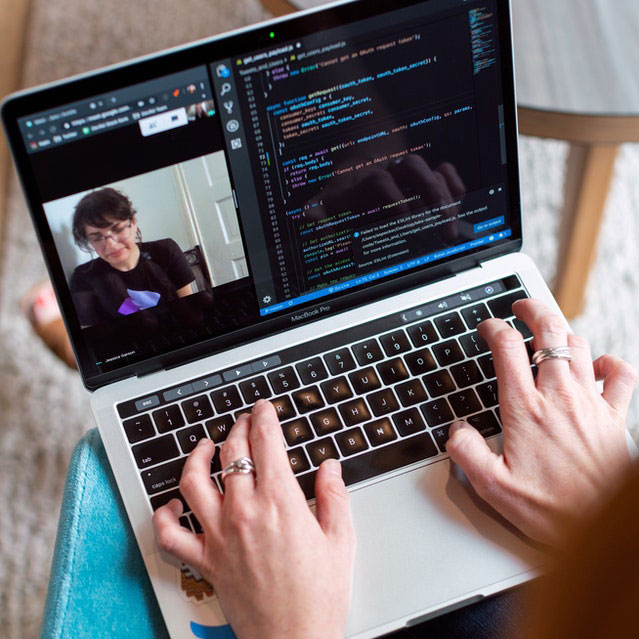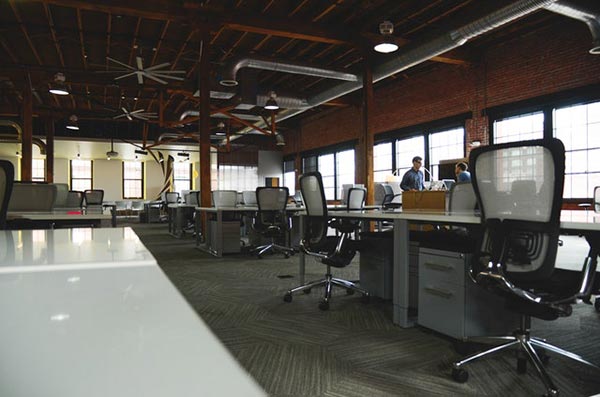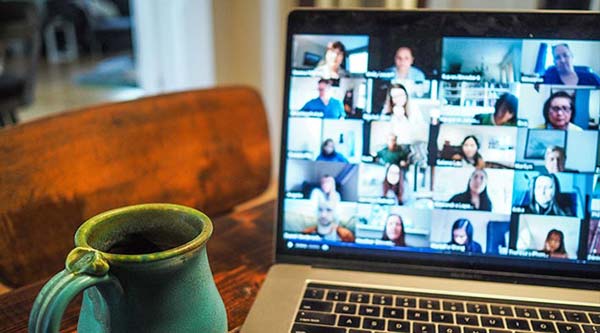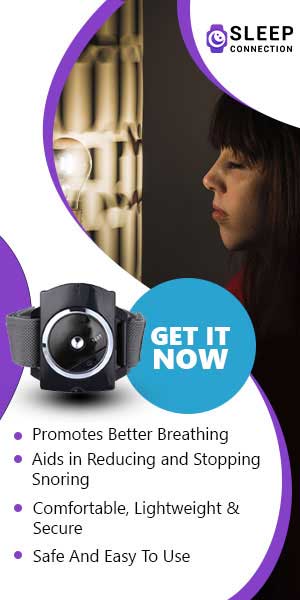
How COVID-19 Changed All Workplace Norms

Photo by Tima Miroshnichenko from Pexels
The COVID-19 pandemic has had a tremendous and swift impact on workplace norms. The initial global lockdown and subsequent changes in consumer behavior have changed the way companies work as well as workplace culture.
As the pandemic wanes in some areas and continues to be a serious threat in others, it is having a lasting impact on organizations of all types and sizes. Business leaders who know what to expect and how to respond appropriately to these shifts can ensure that their brands stand apart from the competition.

1. More Remote Work
A significant portion of the country going into lockdown in early 2020 may have given many professionals something on the top of their wish list for years – a chance for remote work.
According to GlobalWorkplaceAnalytics, just 3.6% of the American workforce worked from home in 2018. But 80% of employees wanted to work from home at least part of the time. In 2018 many employees were willing to take a pay cut for the opportunity to work from home.
The COVID-19 pandemic changed the workplace norms landscape drastically. A common employer fear is employees will not get the job done if left unsupervised. What many are finding is that micromanagement is not necessary and may even be counterproductive.
Remote work gives employees the freedom to create their own work-life balance and frequently results in employees that are more productive. It is also a major cost-saving opportunity for businesses in the form of lower office rents and higher retention rates.
How many will continue to work from home once the pandemic is over? It turns out, quite a few. A recent Gartner poll reveals that 48% of employees will likely work remotely at least part-time after COVID-19.

2. Fewer Full-time Staff
Photo by Startup Stock Photos from Pexels
The economic uncertainty surrounding the pandemic has caused many companies to reassess the makeup of their workforce. Some employees will be lucky enough to retain their positions, whether remote or on location. Others might be laid off, furloughed, or asked to change to some nonstandard work model.
Gartner reports that, to save costs, about one-third of companies have decided to replace full-time employees with contingent workers. Using contractors gives businesses more flexibility in workforce management.
If a company is truly using gig workers, they will not have to pay someone for work or the associated benefits during slow times. That said, management must also give up control over certain aspects of their work model, such as dictating work hours or having control over technology.

3. A Different Use of Space
It is happening already thanks to COVID-19, but businesses can expect more changes in their office space footprint over the coming months and years. Many organizations are taking a fresh look at how much and where space is required for a company to achieve its goals.
Some businesses will bring workers back into the office but will require more space to keep desks socially distant. Others will shrink their footprint due to downsizing or having more employees working from home.
With all the changes afoot, organizations are also questioning where the best place is to locate an office or headquarters. Some are fleeing big cities and the congestion that comes with them for suburban areas.
Companies are also making use of more flexible office space solutions. According to McKinsey, flex space only held about 3% of U.S. market share before the pandemic, but it has been growing at a rate of 25% annually. Over time, businesses could reduce their real estate costs by up to 30% by shifting to more flexible and virtual models.

4. Increased Emphasis on Protocols
With a virus spreading through the community that could be deadly, personal safety has become essential. Company culture now and post-COVID promises to address safety and health measures more than ever in the past. In fact, companies have been publicly shamed for failing to protect their employees from exposure.
In addition to giving employees more space to work, workplace norms now include more protocols for social distancing and cleanliness. Both the CDC and OSHA have established COVID-19 workplace protocols for businesses.
Exmples of what some organizations are doing to keep employees safe
- Limiting the number of people permitted in breakrooms and other common spaces
- Having employee meetings outside whenever possible or limiting inside gatherings
- Establishing workplace cleaning and disinfecting protocols
- Requiring facemasks when working with the public or interacting with other staff

5. Business Travel Is Shrinking
If your business thrives on long-distance in-person meetings with current and prospective clients or regular employee gatherings that require travel, this has likely already changed. Few people are enthusiastic about the idea of hopping on a plane or getting together in large groups.
Most conferences in 2020 and beyond have gone virtual. Interestingly, this has opened opportunities for people who normally would not attend due to cost, so attendance is up at some of these events.
While some employees love the idea of traveling for work, others are not as onboard and would rather stick close to home. In the same vein as remote work, less business travel is a huge cost saving for employers.
Even local and regional sales people that would normally drive to appointments are opting to take care of these virtually. This saves employers the mileage and other expenses they would normally reimburse. When it comes to long-distance travel, U.S. businesses are saving millions by not paying for flights, hotels, and business meals.

6. Additional Flexibility for Workers
One of the silver linings of the pandemic is that it is providing a more flexible work environment for employees. This new normal has been something of an adjustment, to be sure. But people that work from home at least part time can now uncover more space for quality time with family, childcare, healthcare appointments, and recreation or downtime.
A side effect of the lockdown restrictions and new workplace norms is that there may now be more professional opportunities for women and people with disabilities. These groups have been at a disadvantage when it comes to marketing themselves for positions and advancement.
Forbes points out that working from home has opened the door for a more diverse workforce. And for those bosses still worried about productivity, a recent study by Airtasker concluded that remote workers are more productive than their traditional counterparts.

7. Technology and Data Privacy Issues
The increase in virtual work and social distancing has prompted businesses to rely on more technology solutions to help employees connect and remain productive. Tools like Zoom and Slack are now workplace norms, which may be something that companies have resisted until they became a necessity.
According to McKinsey, COVID-19 spurred the adoption of many tech solutions by businesses. But this also creates security and privacy issues.
In the race to stay connected and productive, some companies have lost sight of serious cybersecurity issues linked to remote work. Specifically, organizations are learning that they need strict protocols relative to devices being used and in-home access to networks.
The changes in workplace norms due to COVID-19 have posed challenges for most businesses. When change is forced, it can feel overwhelming, but organizations and workers are finding that many of these shifts have long-term positive benefits.












